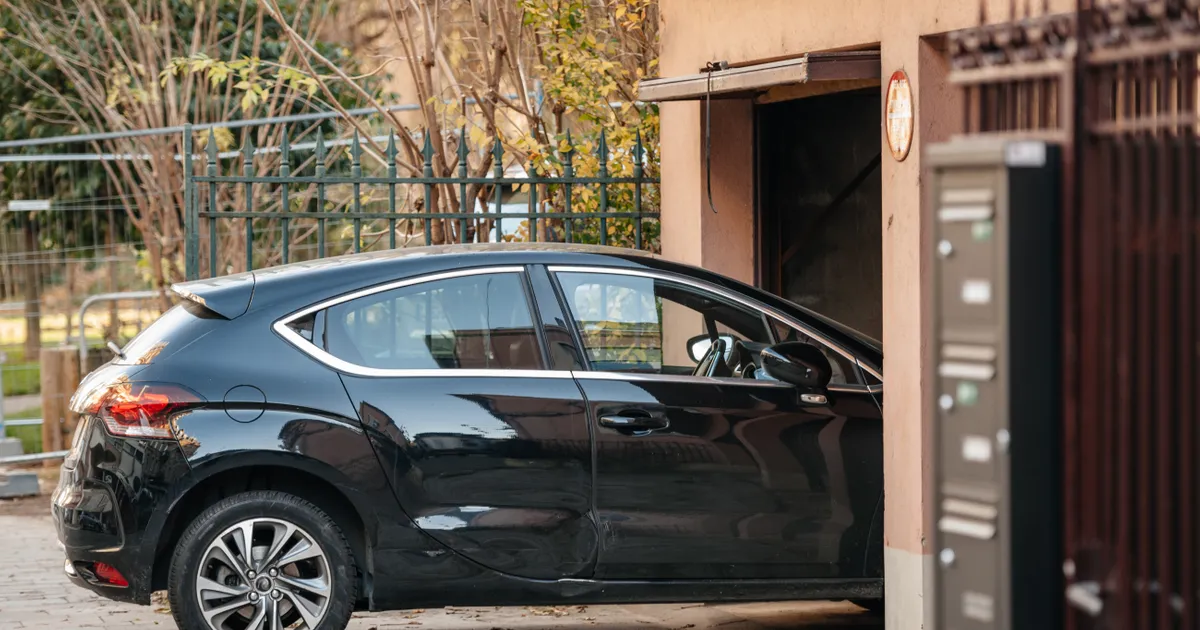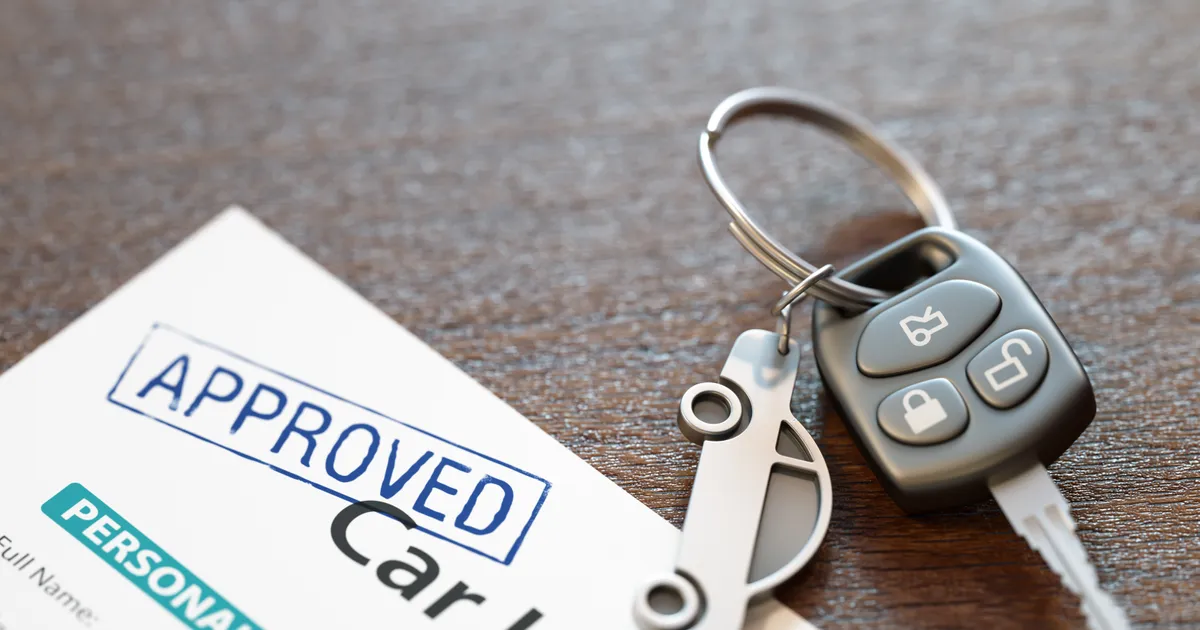- Buying any new vehicle is a major purchase. Follow a few simple steps to ensure you’re getting the best value for your money.
- You should test drive your potential new car multiple times before agreeing to any deal.1
- Don’t forget about additional operating costs — fuel, insurance, and general maintenance. These all add to your driving budget!
Car shopping is part art and part science. While there is no full-proof formula for getting a decent vehicle at a great price, there are a few tips that can help. If followed, they can help make the car buying experience easier and ensure that you don’t leave a dealership feeling like you have been fleeced.
This is common sense advice that everyone can follow – from the first time buyer to the experienced vehicle owner. In fact, many of these suggestions come from former car salesmen. Here are some tips to follow when car shopping.
11. Do Your Research
Before you even worry about digging through classified ads or scheduling test drives at a dealership, you have some preliminary work to do. There are so many different makes and models out there, with a huge variety of price points. You need to narrow down your choices before you venture out to those car lots.
First, determine what kind of vehicle you need? A simple sedan for the commute to work? A large SUV for your family and all their gear? Something rugged and powerful enough to tow a trailer and handle off-road terrain? Once you’ve determined what kind of car you need, you can start reading reviews of the most popular models in that segment. Find a few that meet your budget. Are you thinking brand new or gently used? Now, you have a reasonable place to start looking.
 Shutterstock
Shutterstock10. Timing Is Everything
When we say that timing is everything when it comes to purchasing a car, we mean everything. We’re talking about all factors, from the time of year, to the time of month, and even the time of day. For example, there are more incentives and deals on cars at the end of the calendar year. That’s when dealerships are racing to clear their inventory of last year’s models and make way for the current model year vehicles.
You will also find better prices on various cars at month end. That’s when dealers are desperate to hit their monthly sales quotas and targets. It’s also better to go shopping for a car on a weekday afternoon when car lots are quiet. The sales staff will be more focused directly on you then they would be during a crowded weekend.
 Shutterstock
Shutterstock9. A Test Drive Should Include The Highway
It’s amazing how many consumers take a vehicle for a test drive and then only drive around the block once before deciding to buy. A once-around-the-block spin is not nearly enough to give a car a decent test drive – especially if that car is used. Don’t be afraid to really put any car you want through its paces.
Give the dealership your license and tell them you’ll be back in 30 minutes. Make sure that any test drive includes some time spent on a highway or freeway. That’s where you can really open up the engine and see how the vehicle performs. People are often amazed at what they find once they take a car on a highway and push the speedometer past 60 miles an hour.
If the steering wheel starts to shake, it’s an indication that there’s an alignment problem with the vehicle. If you smell something burning, you may have loose wires or an engine oil issue. You can kick the tires all you want, but it’s a rigorous test drive that will tell you the most about a car.
 Shutterstock
Shutterstock8. Bring Along The People Who Will Be Riding In The Vehicle The Most
Chances are you will not be the only person riding in whichever car you buy. What could be worse than to purchase a vehicle and then find out that your teenage son doesn’t fit in the back seat, or that your spouse hates the exterior color of the vehicle you chose.
These issues can be alleviated by bringing the people who will ride in the vehicle to the car dealerships you visit. Everyone in the family should review the vehicle you’re interested in, and have a chance to sit in it. They should also accompany you on a test drive. In the end, you want everyone in the family on the same page with a new car purchase. Even if everyone doesn’t love the car you ultimately pick, you want them to at least accept it (and fit in it).
 Shutterstock
Shutterstock7. Bring The Car Home With You For A Night
Believe it or not, most car dealerships will allow you to bring a car you’ve got your eye on home for a night. Why would you want to do this? To see how the vehicle fits in your garage, for one. There is no shortage of people who have brought a new SUV or minivan home, only to discover that it doesn’t quite fit in their garage.
Some vehicles also have a hard time fitting in narrow driveways. If you have a boat or trailer, you can try out the trailer hitch before plunking down your hard earned cash. By bringing it home with you temporarily, you can generally get a feel for how the new vehicle will fit with your home and the space you have for it. This might seem like a simple thing, but it is worthwhile to do. Keep in mind that a dealership won’t give you a refund because you’ve found that your new car doesn’t fit in your garage.
 Shutterstock
Shutterstock6. Talk To Your Bank Before You Go Car Shopping
This advice is as old as time, but it bares repeating. It is always advisable for people to talk to their bank and know how much car they can afford before visiting a dealership. This might seem like common sense, but surveys have found that most people live on a wing and a prayer when it comes to financing a new car.
Unfortunately, this is one way to ensure that you either overpay for a vehicle or that you go beyond your means and get stuck in unsustainable car payments. Do yourself a favor and be practical. Look at your financial situation carefully, know how much car you can afford, and stick within a set budget. Arming yourself with this information will make you more immune to the tricks of car salesmen.
 Shutterstock
Shutterstock5. Be Honest About How Tech-Savvy You Are
Just because you can afford a car with all the bells and whistles doesn’t mean you need to buy a vehicle that is fully loaded. It also doesn’t mean that you’ll understand or even use all the technology in a new car. Most cars today come with cruise control, but studies show almost nobody uses it. Keep that in mind and be honest with yourself about how tech-savvy you are.
Sure, a touch screen navigation system is nice, but are you really going to use it? Or is the most complicated technology you use in your car the CD player? Bluetooth is great, but do you even have any music on your phone? Maybe you simply prefer the radio.
Car dealers often see older retirees come in and demand fully loaded vehicles with all the current technology in them. Then they watch them struggle to open the sunroof. More basic model cars are not only more affordable, but they also tend to be easier to use and cheaper to repair. Just sayin’.
 Shutterstock
Shutterstock4. Don’t Forget About The Vehicle Operating Costs
Sure, a $400 a month car payment might seem reasonable and affordable, but what about the cost to insure the vehicle each month? How much does it cost to fill the tank with gas? What about a few oil changes every year? Are you buying a second hand vehicle? If the answer is yes, you had better budget for regular maintenance costs.
Too often, people get excited about a car they want and focus only on the payments. Sadly, they neglect to consider what car dealers call “the total cost of ownership.” The average car costs about $1,000 a month to own and operate when insurance, gas, and maintenance are factored in. Rather than calculate how much of a monthly payment you can afford, figure out how much of your total monthly budget you can afford to allocate towards your vehicle.
 Shutterstock
Shutterstock3. Review The Vehicle History Report – Thoroughly!
If you’re buying a used car, you’ll want to take some time to review the vehicle history report. Whether it is Carfax, AutoCheck, or another company, it is always advisable to review the history of a pre-owned car you are considering buying.
In some cases, you may find the car you’re interested in was in an accident. Other times, you may learn that it has been stolen in the past and this could impact the insurance premiums you pay. Hopefully though, the car has a clean history and is ready to be taken home.
Regardless, you will be doing yourself a favor by taking time to read over the history on a potential new car. Again, this may seem obvious, but most buyers don’t think about a car’s history until it is too late. Oh and make sure you don’t take the salesman’s word that the car has a clean history report – check for yourself!
 Shutterstock
Shutterstock2. Don’t Get Hung Up When Negotiating For A Car
Getting a good deal on a car requires negotiation, and good negotiation requires give-and-take. Know going in that you are unlikely to get everything you want from a car dealer. With that knowledge in mind, don’t get hung up when negotiating for a deal. Remember that some features you may want such as satellite radio and a DVD player can be purchased after market and for less money than the dealer would charge to install them.
Also, you can live without most features in a vehicle. Ask yourself what is essential and what would merely be nice to have. If you do have to fight for something, make sure it is the price of the car you want. In the end, the price you pay will have the biggest impact on your ownership of a vehicle; not whether it has a sunroof or heated seats.
 Shutterstock
Shutterstock1. Take Your Time
Time is on your side when buying a car. While it is important to not let yourself be pressured by aggressive salesmen, it is equally important to not put pressure on yourself. That’s the worst way to end up in a vehicle that you will regret.
Take your time. Look around. Most importantly, be absolutely sure. When you find the right vehicle for the right price, you’ll know. Be patient. Take the business cards of car dealers and tell them you’ll think about their offer. Go home and think on it. Better yet, sleep on it. Don’t make any decisions until you feel comfortable and confident. This is the best way to get into a great car for a great price.
 Shutterstock
ShutterstockThe Bottom Line
Buying any new vehicle can be a nerve-wracking experience. After all, you’re spending a lot of money on something you hope will be reliable and safe for the duration of your ownership. Unfortunately, there’s often not much of a guarantee that will happen. While a manufacturer’s warranty definitely adds some peace of mind, most people own their cars longer than a warranty lasts.
The best way to make sure you get the best value for your dollar is to diligently plan ahead. Research your preferred vehicle, check market prices, get pre-approved for financing, and then seek out multiple test drives. With a little bit of smart shopping, you should be able to land yourself a deal you feel good about — and a new car you’ll love.
 Shutterstock
Shutterstock
